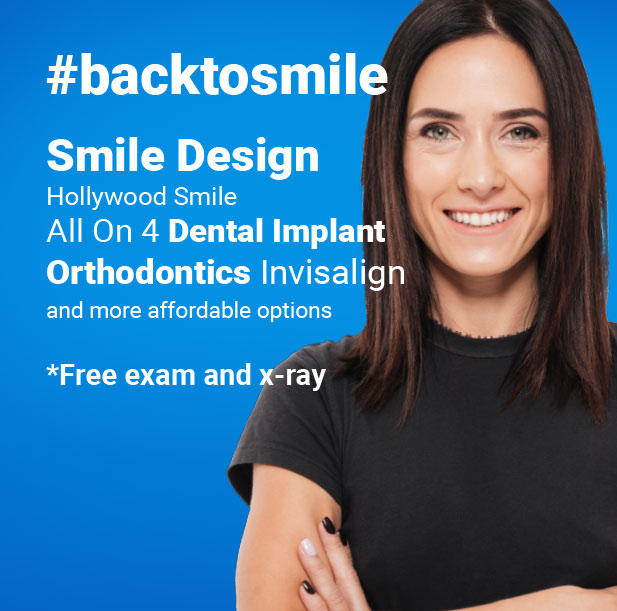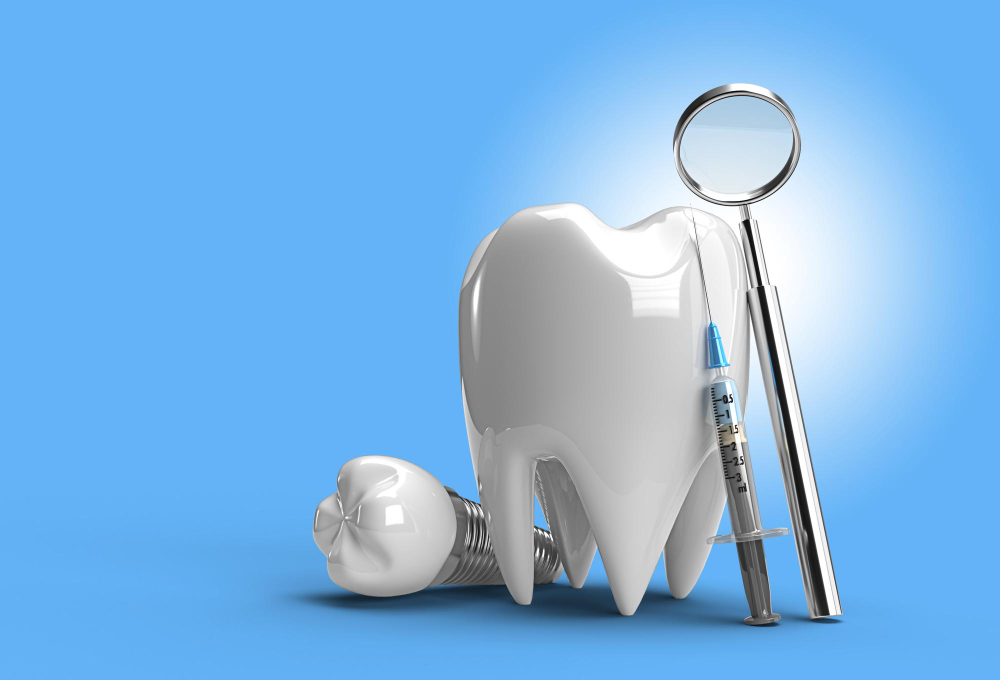In the realm of modern dentistry, computer-aided design and computer-aided manufacturing (CAD/CAM) technology has opened up a whole new world of possibilities, with smile design being one of the most prominent applications. The harmonious integration of technology with traditional dentistry practices has revolutionized the approach to creating personalized and beautiful smiles.
CAD/CAM Technology in Dentistry
CAD/CAM technology has been increasingly incorporated in dentistry over the last few decades. It provides dental professionals with the ability to design and manufacture custom dental restorations, such as crowns, veneers, inlays and onlays, fixed bridges, dental implant restorations, and orthodontic appliances with precision, speed, and efficiency.
In essence, CAD/CAM technology involves capturing a 3D image of the patient’s oral structure with a digital scanner. This digital image is then transferred to a computer system where the dental restoration is designed. Once the design process is complete, the information is sent to a milling machine that fabricates the restoration from a ceramic block. This advanced technology not only improves accuracy and efficiency but also significantly reduces the patient’s time in the dental chair.
CAD/CAM in Smile Design
Smile design is a complex dental process that considers several factors such as facial aesthetics, gum health, oral health, and patient’s personal preferences. With the advent of CAD/CAM technology, this process has become significantly streamlined.
By integrating CAD/CAM technology into smile design, dentists can now provide a ‘trial smile’ to their patients. This allows patients to visualize their new smile and make necessary adjustments before the final restoration process begins. Using a digital scanner, the dentist captures the patient’s oral structure and inputs it into the CAD software. The dentist then designs the ideal smile based on the patient’s facial features, desires, and needs.
Once the digital design is completed, it is transferred to the CAM system. This system creates a mock-up of the designed smile using a ceramic block. The mock-up can be fitted onto the patient’s teeth, allowing them to see the potential outcome of their treatment.
Benefits of CAD/CAM in Smile Design
- Precision and Accuracy: CAD/CAM technology allows for precise and accurate creation of dental restorations, ensuring a perfect fit and a natural look.
- Time-Efficiency: Traditional dental restoration methods can take weeks, while CAD/CAM technology significantly reduces this time, often to a single visit.
- Patient Involvement: CAD/CAM technology provides a unique opportunity for the patient to participate in the smile design process, leading to higher patient satisfaction.
- Durable Restorations: The ceramic materials used in CAD/CAM restorations are durable and long-lasting, often matching the strength of natural tooth structure.
- Aesthetic Superiority: CAD/CAM restorations are highly aesthetic, as they can be color-matched to the patient’s existing teeth, ensuring a seamless blend with the natural smile.
In conclusion, CAD/CAM technology has revolutionized smile design, offering patients personalized, efficient, and high-quality dental care. By integrating this innovative technology into their practices, dentists can provide their patients with a unique and satisfying experience, transforming their smile and, in essence, their lives.



